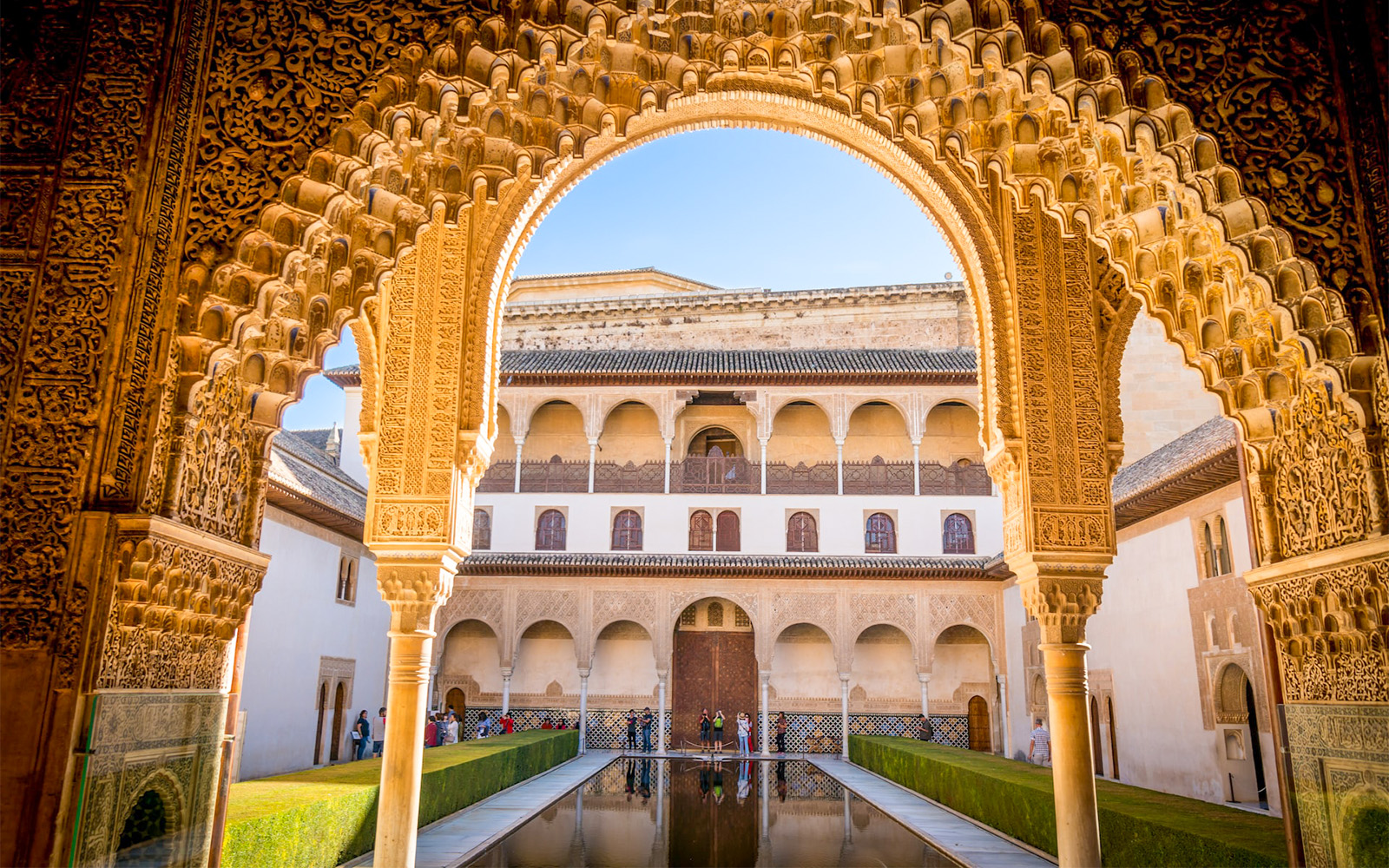 The Alhambra: Spain’s Most Visited Historic Attraction
The Alhambra: Spain’s Most Visited Historic Attraction
The Alhambra, nestled in the foothills of the Sierra Nevada Mountains in Granada, Spain, is more than just a palace or a fortress—it's a breathtaking fusion of Islamic architecture, medieval history, and cultural legacy. Recognized as Spain’s most visited historic attraction, the Alhambra draws millions of visitors each year from around the world who come to marvel at its intricate design, lush gardens, and enduring legacy.
In this article, we’ll explore the history, architecture, and significance of the Alhambra—and why it continues to capture the imagination of travelers, historians, and artists alike.
A Brief History of the Alhambra
The Alhambra (from the Arabic Al-Qal‘a al-Ḥamrā’, meaning “The Red Castle”) has its roots in the 9th century, when it began as a small fortress. However, its transformation into a royal palace complex occurred in the 13th century under the rule of Mohammed I, the first king of the Nasrid Dynasty.
The Nasrids, the last Muslim dynasty to rule in Spain, expanded the complex into a magnificent display of Islamic art and architecture, creating palaces, courtyards, and defensive towers. It became the heart of the Emirate of Granada, one of the most advanced cultural and scientific centers in medieval Europe.
After the Reconquista in 1492, when the Catholic Monarchs Ferdinand and Isabella reclaimed Granada, the Alhambra underwent further changes. Parts were adapted for Christian use, and the Palace of Charles V was added in the 16th century, blending Renaissance styles with the existing Islamic architecture.
Architectural Wonders of the Alhambra
What makes the Alhambra so captivating is not just its historical significance, but the sheer beauty and precision of its architecture.
1. Nasrid Palaces
The core of the Alhambra is the Nasrid Palaces, which are a masterpiece of Islamic design. These include:
-
The Mexuar – a hall used for administrative and judicial purposes.
-
The Comares Palace – featuring the iconic Court of the Myrtles and the Hall of Ambassadors, with intricate stucco work and wooden ceilings.
-
The Palace of the Lions – famous for the Court of the Lions, supported by a fountain with 12 marble lions, and surrounded by slender columns and filigree arches.
The level of detail in the tilework, calligraphy, and stucco carvings throughout the palaces is extraordinary. These decorations are not just ornamental—they reflect deep Islamic philosophical and spiritual ideas, often quoting verses from the Quran or celebrating the beauty of nature.
2. Generalife Gardens
Adjacent to the main palace complex are the Generalife Gardens, originally the summer retreat for the Nasrid rulers. Designed to provide peace and tranquility, these gardens feature flowing water channels, fountains, terraced walkways, and manicured hedges—symbolizing paradise as described in Islamic tradition.
Walking through the Generalife feels like stepping into a living poem, where water, greenery, and architecture work in perfect harmony.
3. Alcazaba Fortress
The Alcazaba is the oldest part of the Alhambra, serving as a military fortress. Visitors can climb the Torre de la Vela (Watchtower) to get panoramic views of Granada and the surrounding mountains. It’s easy to imagine sentinels keeping watch here during the Middle Ages.
4. Palace of Charles V
Though stylistically different, the Palace of Charles V adds another layer of architectural interest to the Alhambra. This Renaissance structure, built after the Reconquista, contains a striking circular courtyard surrounded by columns, showcasing the power and ambition of the Spanish monarchy.
Cultural and Symbolic Significance
The Alhambra is more than a historic site—it's a symbol of multicultural Spain. For centuries, Muslims, Christians, and Jews coexisted in the region of Andalusia, exchanging ideas and influencing each other's cultures. The Alhambra embodies this blend of civilizations.
As such, it has become a UNESCO World Heritage Site and a testament to Spain’s diverse past. It also continues to inspire artists, writers, and musicians—such as composer Manuel de Falla and author Washington Irving, whose 1832 book Tales of the Alhambra helped reignite global interest in the site.
Why the Alhambra is Spain’s Most Visited Historic Attraction
Several factors contribute to the Alhambra’s unmatched popularity:
-
Architectural Marvel: Its intricate design and artistry make it one of the finest examples of Islamic architecture in Europe.
-
Historical Depth: The Alhambra tells the story of Spain's past—of conquest, coexistence, and transformation.
-
Stunning Views: Set on a hill overlooking Granada, the Alhambra offers breathtaking views that enhance the visitor experience.
-
Accessibility: Located in southern Spain, Granada is easy to reach by train or road from cities like Seville and Malaga, making the Alhambra a key stop on many travel itineraries.
-
Mystique and Romance: The legends, poems, and love stories associated with the Alhambra add a sense of magic that lingers with every visit.
Tips for Visiting the Alhambra
To fully enjoy your experience at the Alhambra, keep these tips in mind:
-
Book tickets in advance: Visitor numbers are limited to protect the site, so reserve your tickets weeks ahead, especially in peak seasons.
-
Go early or late: Morning and evening visits offer the best lighting for photography and fewer crowds.
-
Use a guided tour: A knowledgeable guide can help you understand the deeper meanings and historical context behind the architecture and symbols.
-
Wear comfortable shoes: You’ll be walking a lot—over stone paths, stairs, and garden trails.
Conclusion
The Alhambra is not just Spain’s most visited historic attraction—it is a living monument to the country’s rich, complex heritage. From its intricate Islamic palaces to its serene gardens and commanding views, every corner of the Alhambra tells a story of power, beauty, faith, and art.
Whether you're a history buff, an architecture lover, or a curious traveler, the Alhambra offers a one-of-a-kind experience that leaves a lasting impression.
A visit to the Alhambra isn’t just a tour—it’s a journey through the soul of Spain.

You must be logged in to post a comment.